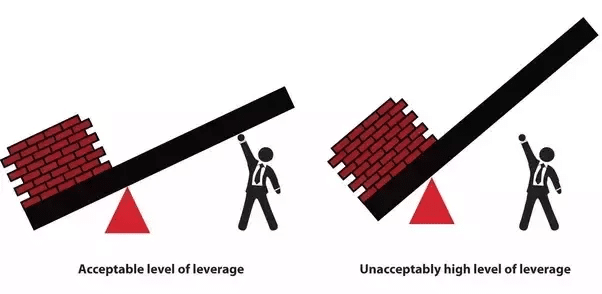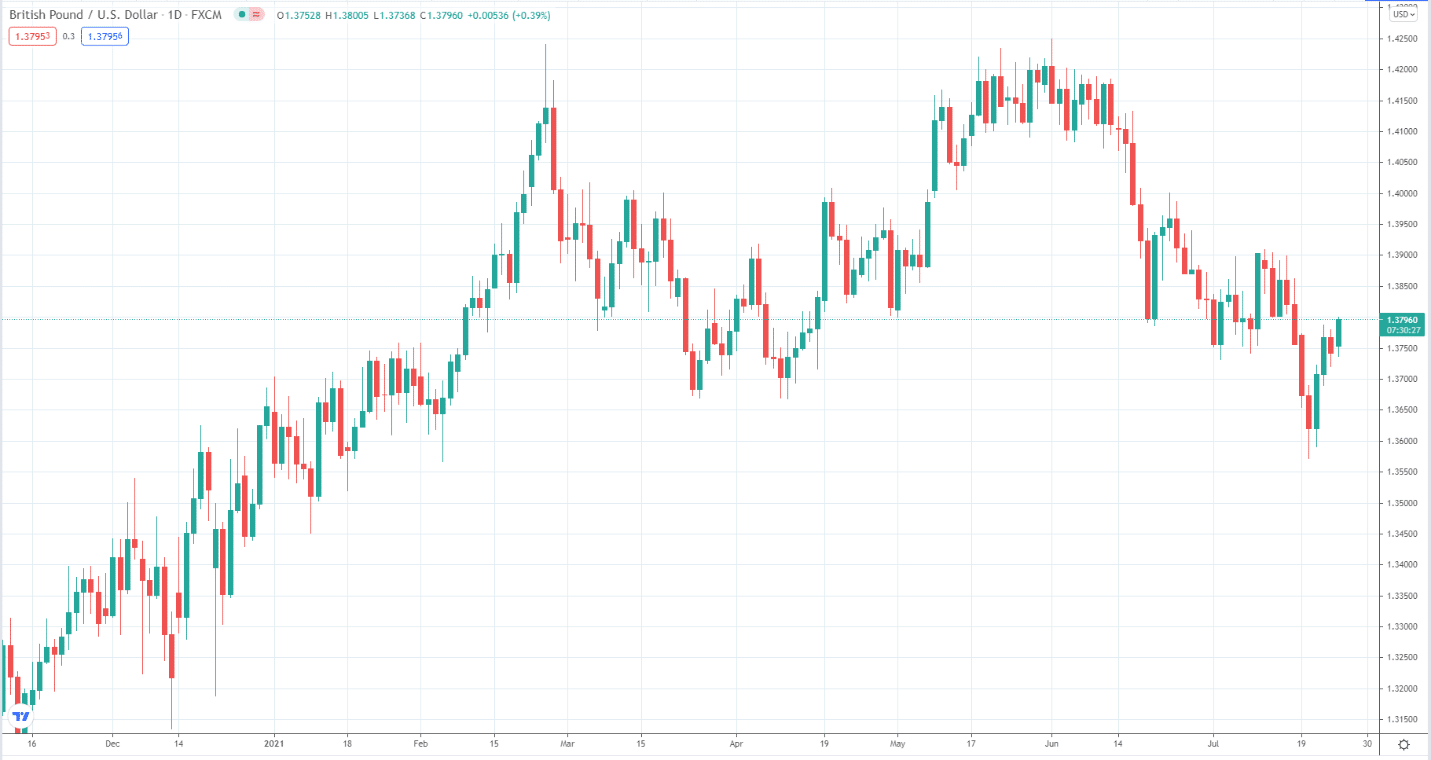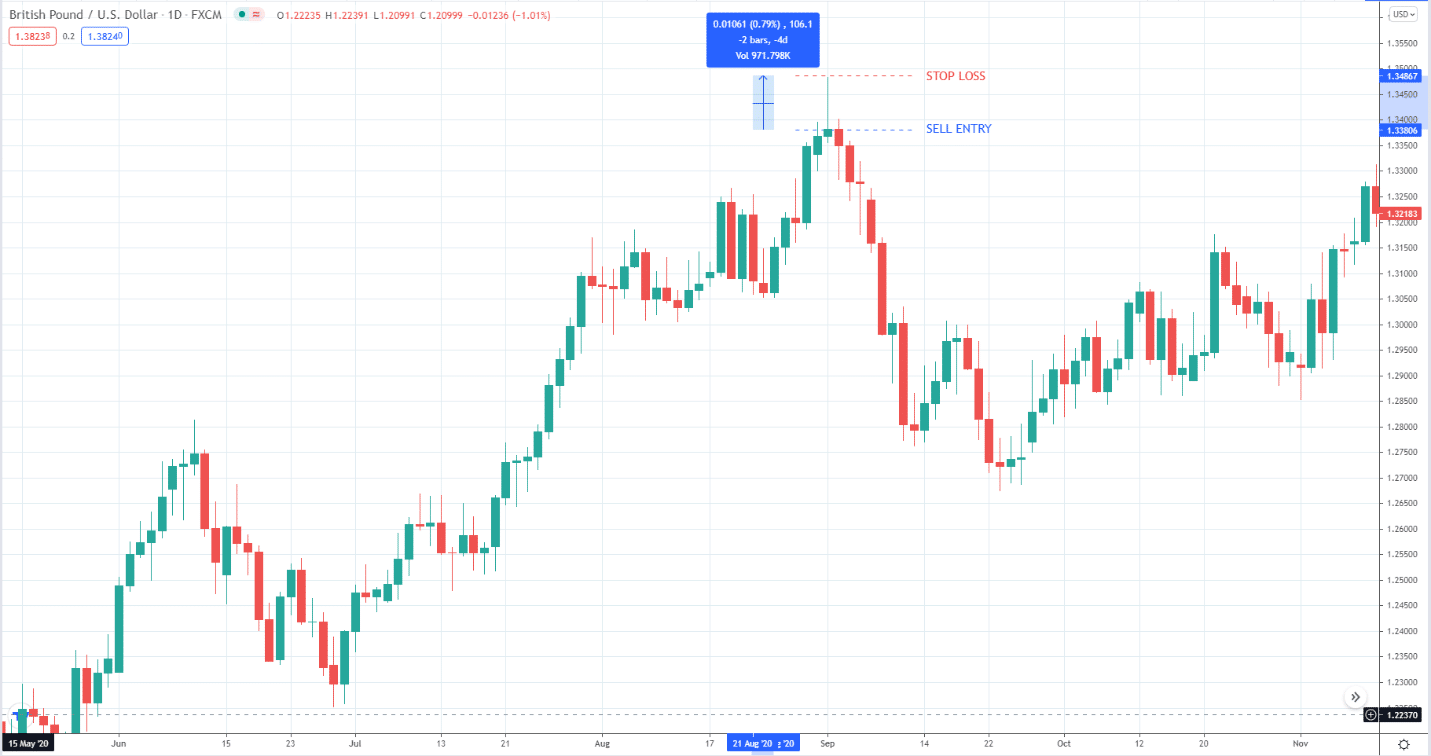There are many things you have to learn when you decide to venture into currency trading. One of the most challenging terms in forex trading is leverage. This field is so technical, and people in this arena speak a unique language that you must understand. Even old traders scratch their heads when asked to explain this topic.
Let’s learn about leverage, how it works in trading, and the risks involved in using it. With a few examples, you will learn how to use it in your trading.
What is leverage in forex?
It is like a loan that a bank grants a borrower. In FX trading, the bank is your broker, and the borrower is you. The difference is that your broker does not charge interest. As in a bank loan, it is your option to use leverage or not. If you do not understand what leverage means, you can use it without knowing about it.
You may opt to apply leverage if you want to magnify your trading capacity to take more prominent positions to amplify your profits. Meanwhile, you can reduce your leverage or not use it if you’re going to trade more safely. The choice is entirely up to you.
Margin trading is like a double-edged sword that may cut both ways:
- It can bolster profits if you are successful
- It can erode your account if you fail
You can compute leverage using the following formula:
Leverage = 1 ÷ margin = 100 ÷ margin percent
To understand this formula, let us use an example. If the margin for a trade is 0.05, this is equal to a 5% margin percent. Using the above formula, we get:
Leverage = 100 ÷ 5 = 20
You will learn about margin in the succeeding sections.
Who should use leverage?
If you have experience trading in the currency market but have limited capital, you can opt for higher leverage. This way, you can open significant positions and get more profit. As already pointed out, it can lead to substantial losses or even account wipeout if you are not careful.
If you came out of demo trading and are looking to start trading for real, you should open an account with small leverage. This way, your market exposure is limited, so you have more time to learn trading in real-time without losing so much. Take note that you cannot open many trades simultaneously if you use low leverage. This is a good thing because you are still testing the waters.
FX margin trading examples

Let us take two examples to understand leverage better. Consider the examples below:
- 1:1 leverage
Taking this leverage means you are trading using your funds only. You are not leveraged at all. Whatever money you have is in your account, that is the only amount you can trade. If you have $500 as capital, you cannot open a position whose volume is more significant than $500.
- 100:1 leverage
With this leverage, you can open a position that is 100 times greater than the fund in your account. If you have $500 in your account, for example, then you can open a $50,000 position ($500 x 100).
Safe leverage
Scalpers often utilize high leverage, and for a good reason. They aim to get a small number of pips, and they use minimal stops. Therefore, they trade bigger lot sizes to have more significant pip values. On the other hand, long-term traders such as position traders tend to opt for lower leverages. So this means that the leverage you ultimately choose is a factor in your trading method and style.
The minimum leverage available in all brokers is 1:1. This means zero leverage. In theory, leverage knows no ceiling. It is no surprise that you can find leverages as high as 1:3000. However, FX regulators advise brokers to set lower maximum leverage to reduce traders’ chances of breaking.
Forex margin
When we talk about leverage, we cannot avoid discussing a relevant term known as margin. To open a trade, you have to set aside a portion of your capital as a deposit. The amount of this deposit depends on the position size of your contemplated trade. The higher the lot size, the bigger the margin required by your broker.
Every time you open a new trade, the broker sets aside an amount from your capital. What is left in your account is the free margin, which is simply the remaining amount after all the encumbered margins are taken out. If you run out of free margin, you might not be able to open a new trade if the new position requires a higher margin.
You can often see margin being given as a percentage. For instance, many brokers stipulate a margin of 1%, 2%, 5%, etc. Based on this margin percent, you can compute the leverage using the formula presented above. For example, if the margin requirement is two percent, this means you have 50:1 leverage for your account.
The table below shows the most common margin percentage and leverage combination.
| Margin percentage | Leverage |
| 0.1% | 1000:1 |
| 0.25% | 400:1 |
| 0.50% | 200:1 |
| 1% | 100:1 |
| 2% | 50:1 |
| 3% | 33:1 |
| 5% | 20:1 |
| 10% | 10:1 |
| 100% | 1:1 |
How does leveraging work?

Let us use an example to illustrate how leverage applies in trading. Refer to the above GBP/USD chart. The current price is 1.3796. Let us round this off to 1.38 for a more straightforward discussion. Suppose you have $100 in your account. Most platforms require a minimum volume of 0.01 lots. A 1.0 trade volume is equal to 100,000 units.
Using ratio and proportion, we get the corresponding units for 0.01 lot:

Therefore, x units = (0.01/1.0) * 100,000 = 1,000.
What this means is that you can get 1,000 pounds for a lot size of 0.01. To buy this amount of pound, you need to have this capital:
Capital needed = 1,000 * 1.38 = $1,380
Since you have $100 only in your account, your broker will not allow you to open this order.
Good thing your broker offers leverage. What if you try a margin trading of 1:10? In this case, you will have $1,000 ($100 x 10), which is still not enough to open the position. Even if you try, your platform will give you a prompt that there are not enough funds in your account.
If you use a leverage of 1:20, then your account will be $2,000 ($100 * 20). Now you can enter a trade with a lot size of 0.01.
Ways to manage leverage risk
Despite the risk, many traders employ leverage to boost their profit potential. Although leverage allows you to take more prominent positions with a small capital, it can magnify the losses. Therefore, choosing the correct account leverage is crucial.
Since leverage is a double-edged sword, you must use it wisely and carefully. Here are some tips for managing the risk of leverage:
- Do not risk all your account balance in one trade. Experts suggest a maximum of two percent risk for each trade.
- Use protective stops in your trade entries.
- Decide how many open trades you will have at one time. Limit your market exposure by controlling the number of concurrent open trades.

Consider the sell trade setup for the GBP/USD daily chart above. If you are a price action trader, you will trade this set up in this manner. For a bearish pin bar, you would enter short at the close of the candle and put your stop loss at the candle high, as shown in the chart. This trade will then risk 106.1 pips, which you can use to define the trade risk. Setting a stop-loss limits the risk on each trade.
Final thoughts
Leverage is one of the factors why many ordinary folks can participate in currency trading today than before. Understanding leverage is one way of managing risks associated with currency trading.




